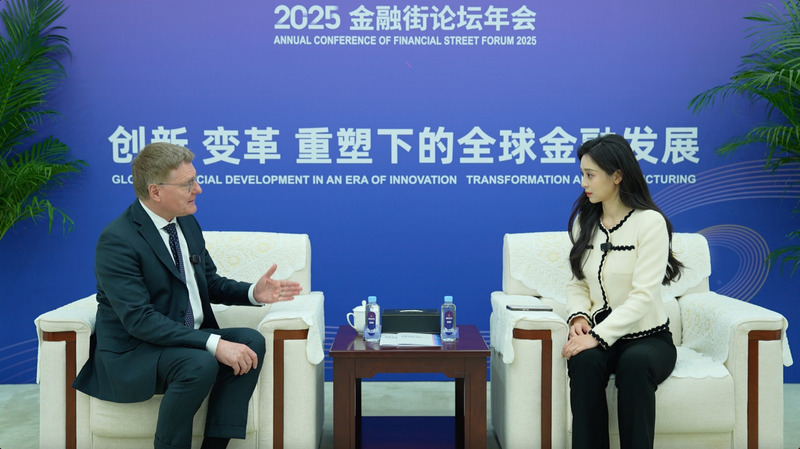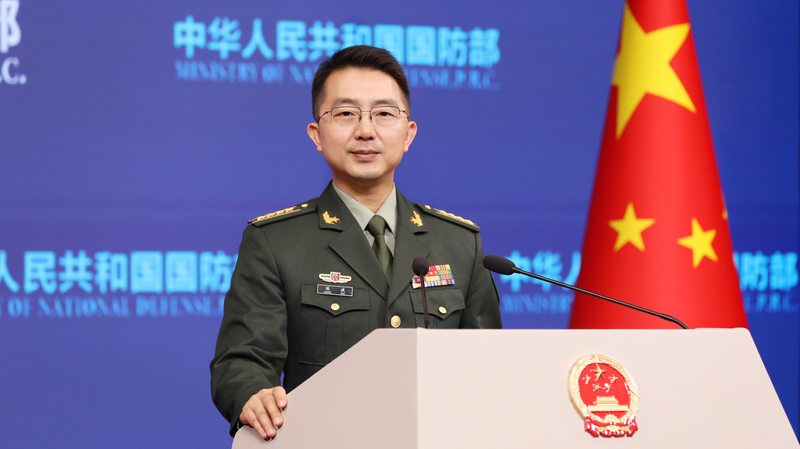At the 2025 Financial Street Forum in Beijing, Hubertus Vaeth, managing director of Frankfurt Main Finance, spotlighted a powerful synergy: green finance cooperation between Germany and the Chinese mainland. As climate goals tighten worldwide, he stressed, a unified taxonomy – a shared definition of what counts as 'green' – is the critical foundation for driving capital toward sustainable projects.
Why a Common Language Matters
In the current landscape, divergent standards risk confusion: one fund's 'clean energy' may be another's 'low-impact'. Vaeth argues that harmonizing criteria can streamline issuance, bolster investor confidence, and accelerate the transition from brown to green economies. He told CGTN that a common language not only clarifies, it catalyzes.
Building Bridges with Carbon Markets
Looking ahead to the upcoming China-Germany Green Finance Conference, Vaeth highlighted emissions trading systems as prime avenues for deeper ties. Carbon credit trading and carbon trading for differences can unlock new liquidity pools, incentivize decarbonization, and link European and Asian markets.
Opportunities for Young Changemakers
For the next generation of entrepreneurs, policymakers, and activists, these developments underscore a broader truth: finance is a global language, and green finance is its fastest-evolving dialect. Whether you are an ESG analyst in Frankfurt or a sustainable tech founder in Shenzhen, the push for unified standards could open doors to cross-border projects and innovative funding models.
As the world awaits the conference, one thing is clear: defining 'green' together is more than semantics. It is the blueprint for building a resilient, low-carbon future.
Reference(s):
cgtn.com




